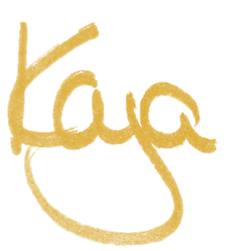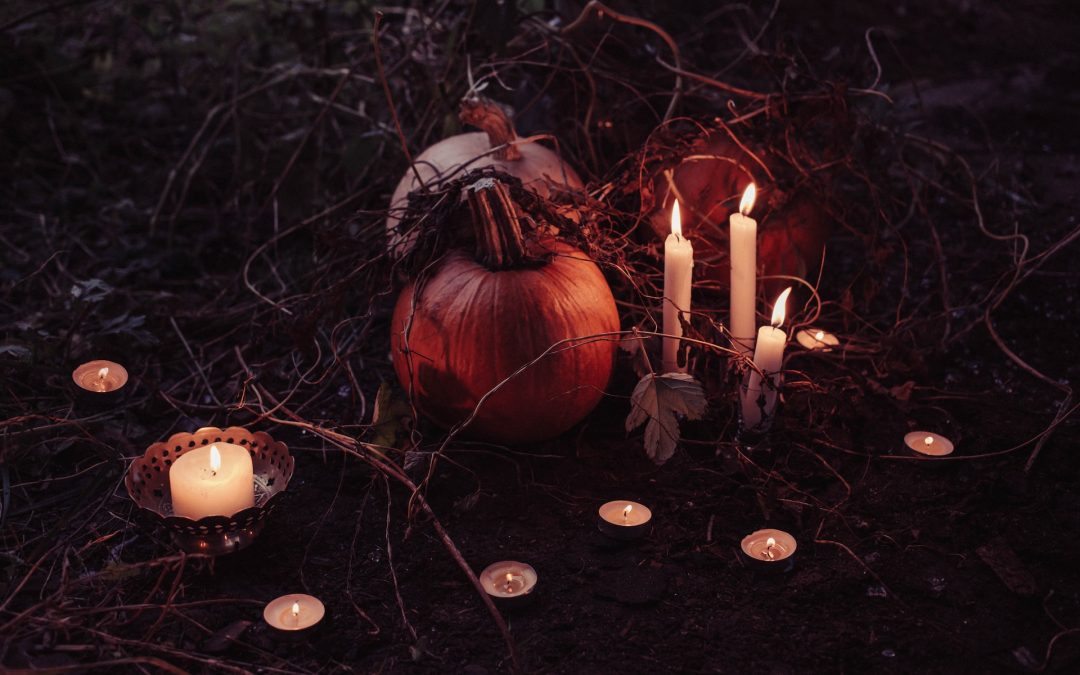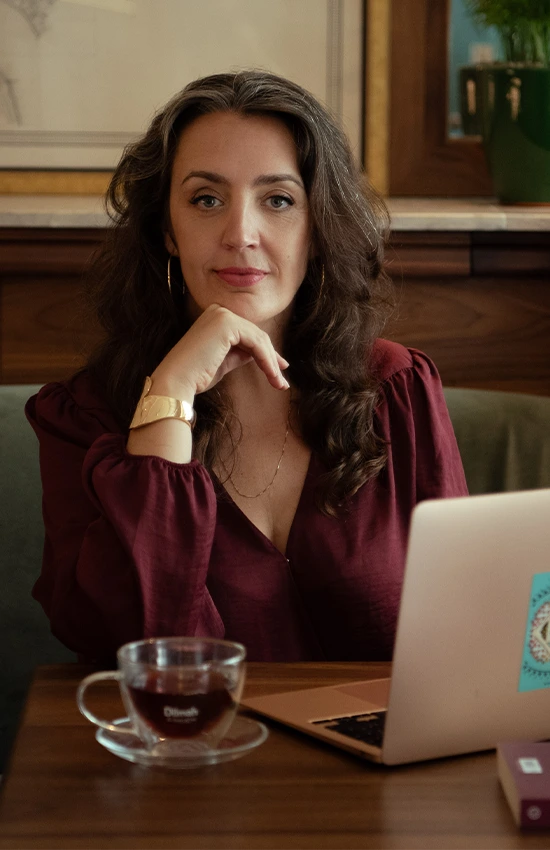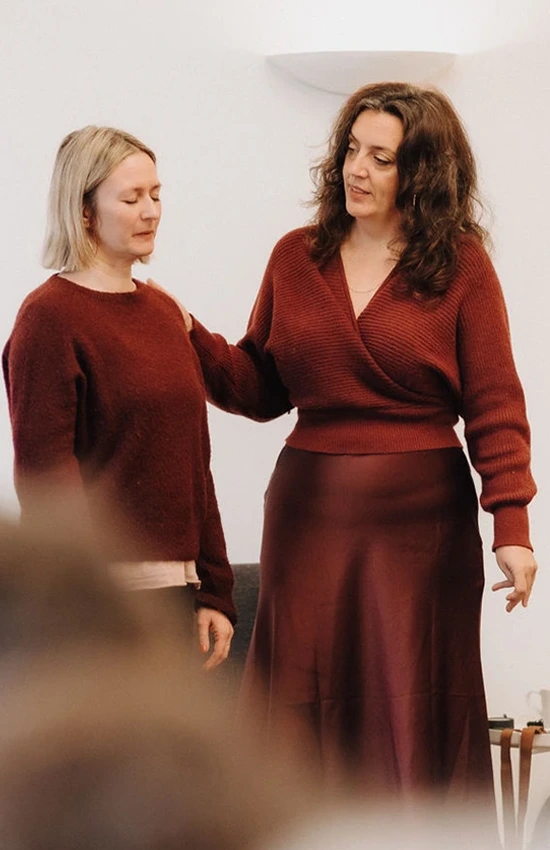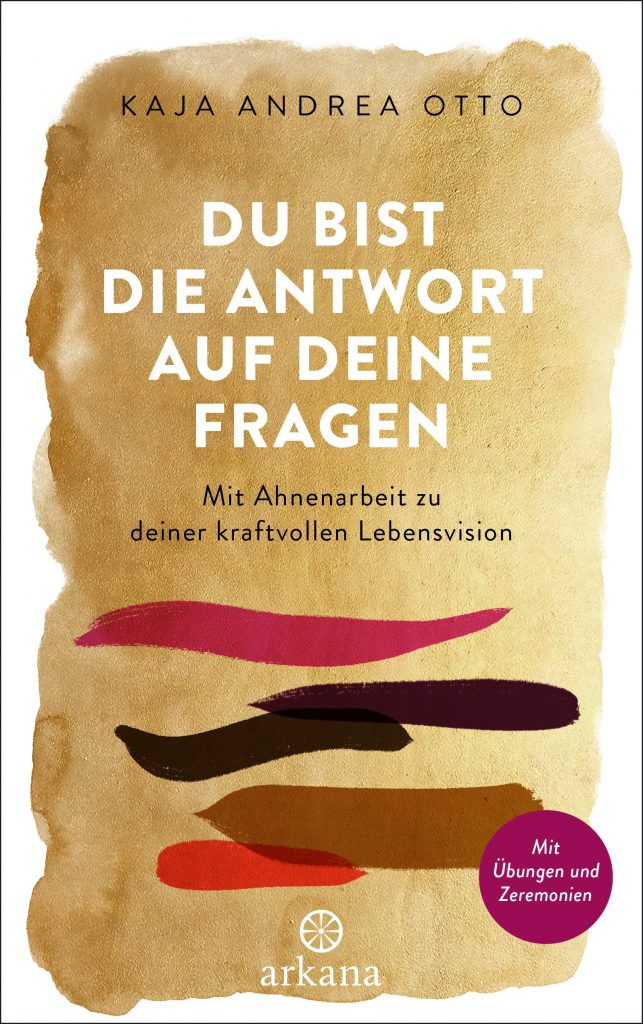Since time immemorial, we humans have come together to celebrate special occasions or moments in life. It is not always decisive for whom the ceremony is, but that we come together to honor the ceremony and the occasion itself. And there are some of these occasions which have special meaning worldwide — others are deeply rooted in their respective culture.
Even today we can see the traces of our ancestors in the ceremonies we celebrate: from Swedish girls dancing around the maypole on Midsummer’s Eve, to birthday cakes, to Easter fires. Ceremonies help us to be and stay in flow.
Broadly speaking, there are three kinds of ceremony — the first type follows the cycle of the year and are celebrations honoring life and the eternally enduring cycle. The second mark transitions and important events in our lives; they allow us to express joy and sorrow and — perhaps most importantly — they help us to create and preserve our identity. And the third are those designed for special occasions like protection, clarification or healing.
Ceremonies in Modern Times
Each of us has taken part in modern ceremonies, many of which have their origins in ancient traditions. The cutting of the birthday cake, to which everyone comes together, and before which we all blow out candles to make a wish. This custom has its oldest known origin in ancient Greece, held in honor of the goddess Artemis, who is a powerhouse.
Artemis is one of the most multi-layered goddesses, often reduced to hunting, virginity, moon and birth. In truth, however, Artemis stood for all aspects of the feminine.
On the day of Artemis in ancient Greece, a round honey cake was baked with candles on it. These were supposed to allow wishes to be fulfilled through the power of the goddess. The Greeks placed these cakes on their altar. In Germany, the birthday cake has been a fixed part of children’s birthdays only since the 19th century.
And when you reflect again on where it comes from — and that the Greeks likely did not invent the custom — then originally it was a cake in honor of the great goddess, the Mother — in effect a “mother-cake.” And that makes this custom already feel much more like a deep ceremony, which now each birthday reminds us of where we come from.
A fireplace for belonging
Throughout Germany, fires burn on the Easter weekend. What has now become festivities of voluntary fire brigades nationwide, and with the active participation of marksmen’s clubs, has its origin in a deep and important ceremony — the rekindling of fire in spring. Traditionally among our ancestors all fires were extinguished, and then, with the beginning of spring, rekindled. Initially using flint stones, later stone and metal.
This newly kindled fire was then used to rekindle all hearths and home fires. Couples would jump over the fresh sparks and pledge to be together for a year.
These examples make clear how deeply ancient ceremonies are still rooted in our lives, even if sometimes we no longer know the original meaning. But our soul remembers and draws strength from these gatherings and shared moments. This ancient memory, which flows through our DNA, is the reason why we hold onto traditions, even when sometimes we do not quite know why. Ceremonies help our soul to find its place.
They give us a home within ourselves.
Ceremony or ritual?
What makes a ceremony a ceremony is the intention with which I perform it. Because through intention I bring to life what I do. I breathe into it belief, magic, and medicine.
“When morality is lost, ritual reigns.
The ritual is the bare shell of true belief.
It is the start of the confusion.
Therefore the master concerns himself with depth and not with surface, with fruit and not with flower.”
— Lao-Tse, Tao Te King
This means for us in the modern world: to take the moment to look deeper than what is on the surface. To ask where the origin lies and what meaning lies behind things. Or if in doubt, to give them our own meaning. As long as we simply repeat what has been taught to us, “because that’s how it’s done”, we are creating a ritual. A fixed sequence of ceremonial elements, which might be beautiful to look at, but which remain only a shell.
This is the moment when confusion arises — not necessarily outwardly, but inwardly. Because what we hope for falls short; the connection our soul longs for does not get established. It is almost like an open noose in which we are stuck.
As soon as, however, we add love, intention, and focus as ingredients, the magic and medicine we seek can arise. Then it no longer matters what the arrangement looks like, but how we come together. Then it is no longer relevant whether the situation is “Instagram-able” or we are particularly pretty, but that we are present in the here and now. That is the moment when the gathering unfolds its effect.
And so we ourselves can decide how we undertake every single action. How much energy and focus we put into the birthday cake, with what intention we light the Easter fire, with what depth we enter into the next celebration.
Ceremonies are sacred moments that have brought us together since time immemorial. And it is up to us to bring these sacred moments back into the here and now. We can begin in small ways. By doing each of our actions with intention. By consciously being present in important moments. By allowing ourselves again to connect with the call of our soul.
Because our soul is at home in the here and now. It always has been. In the past lives the mind, in the future the mind-fuck with its endless what-if thought-chains. And so ceremonies celebrate exactly what is present here and now.
In Sisterhood,
